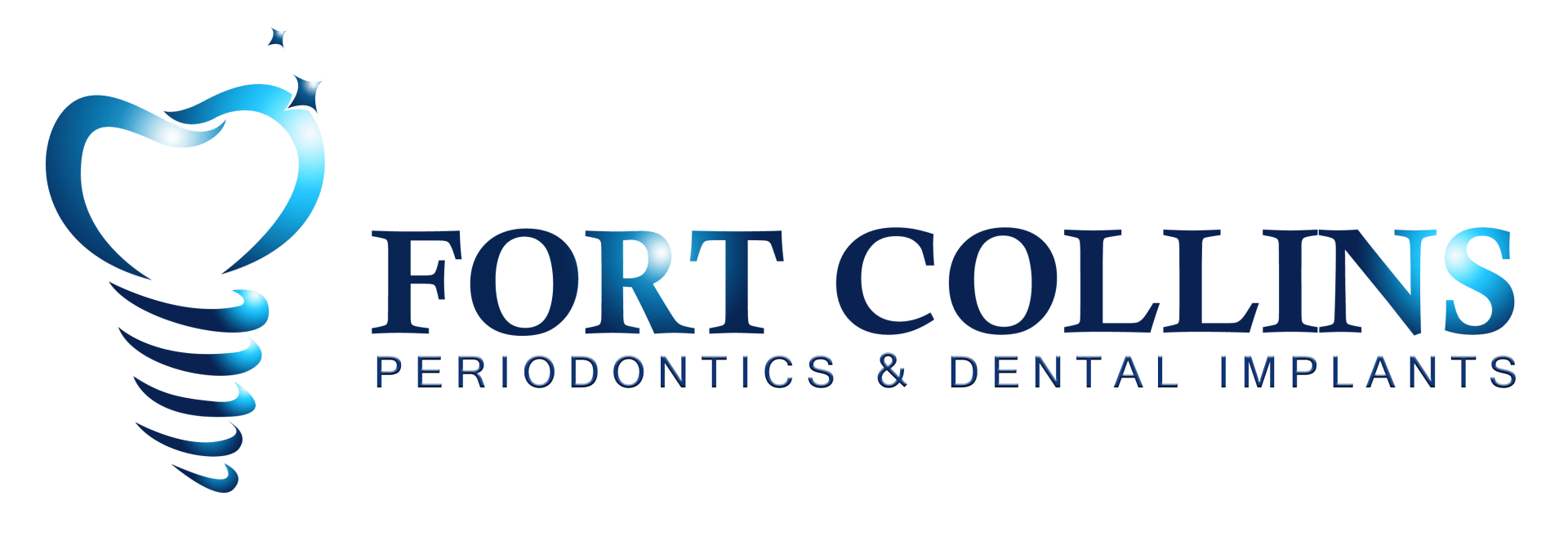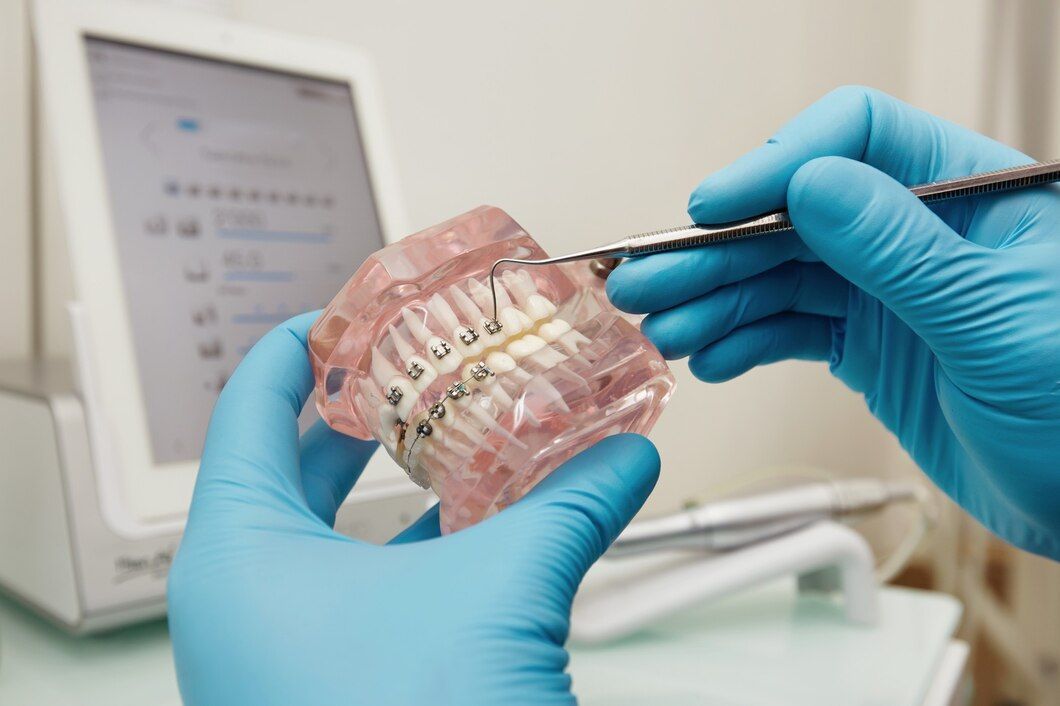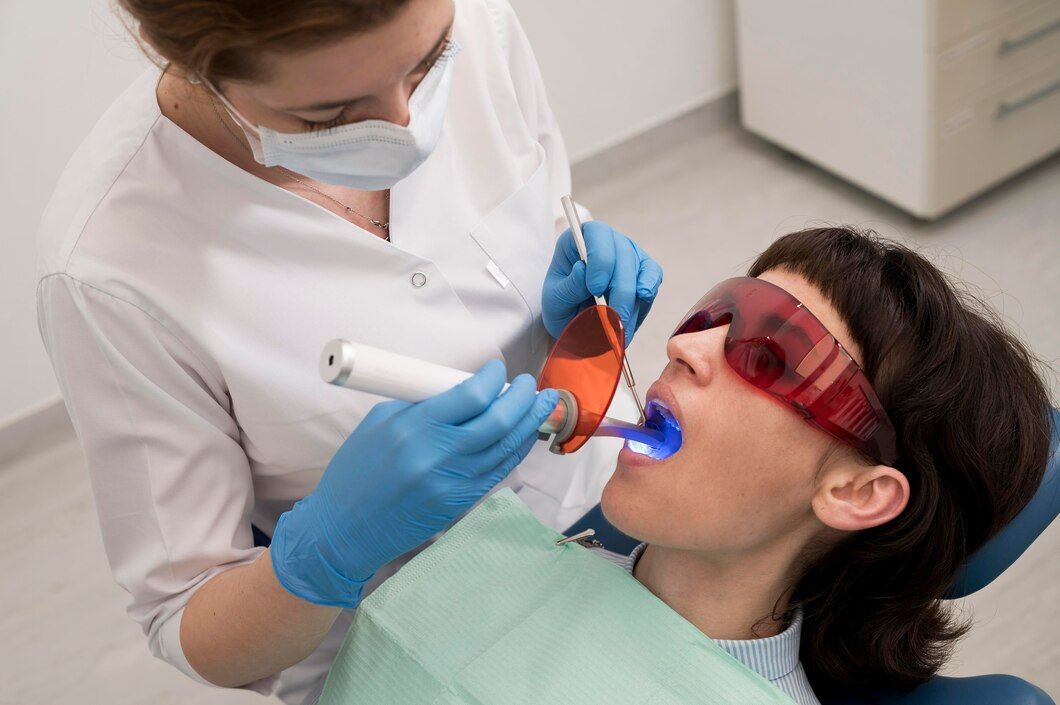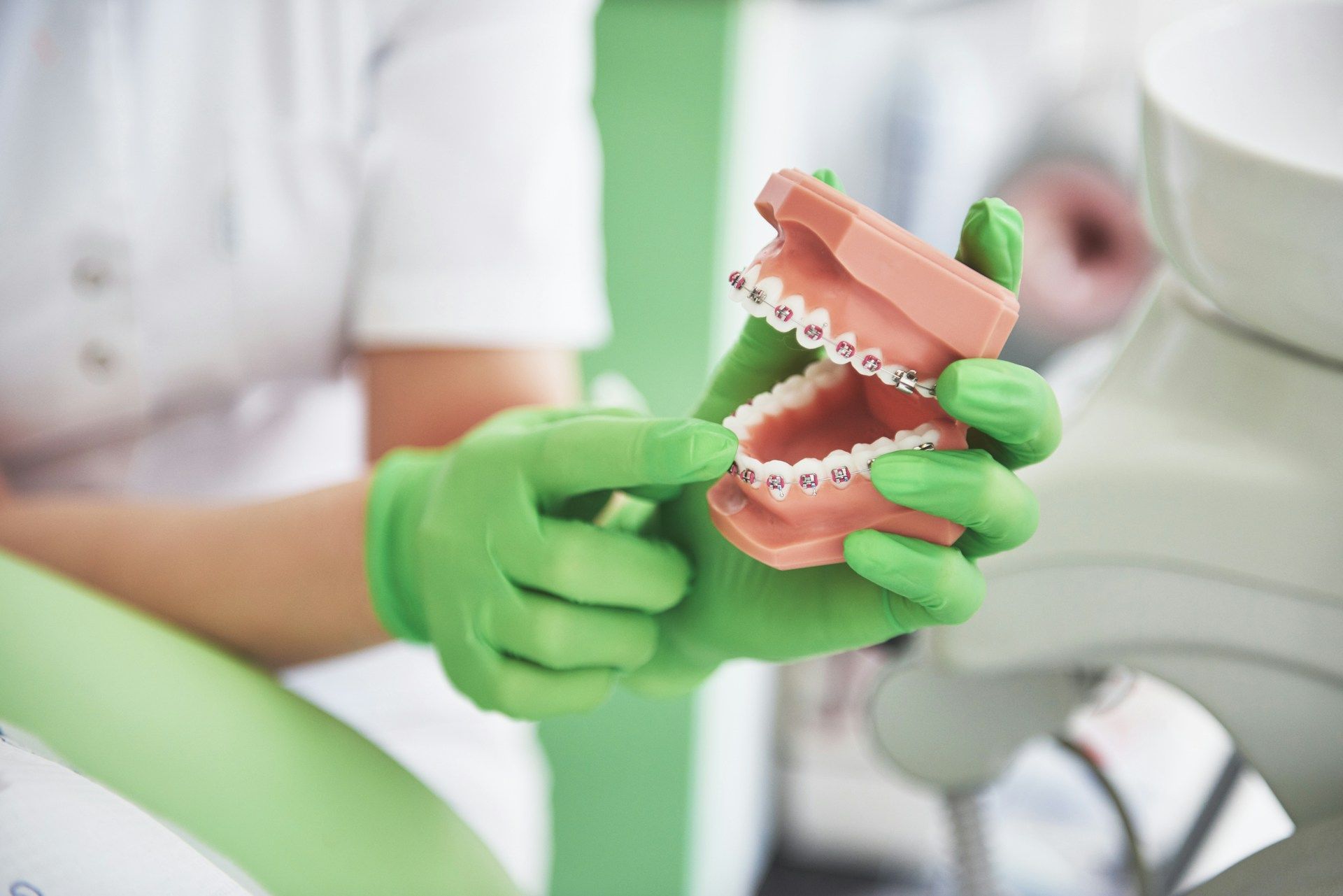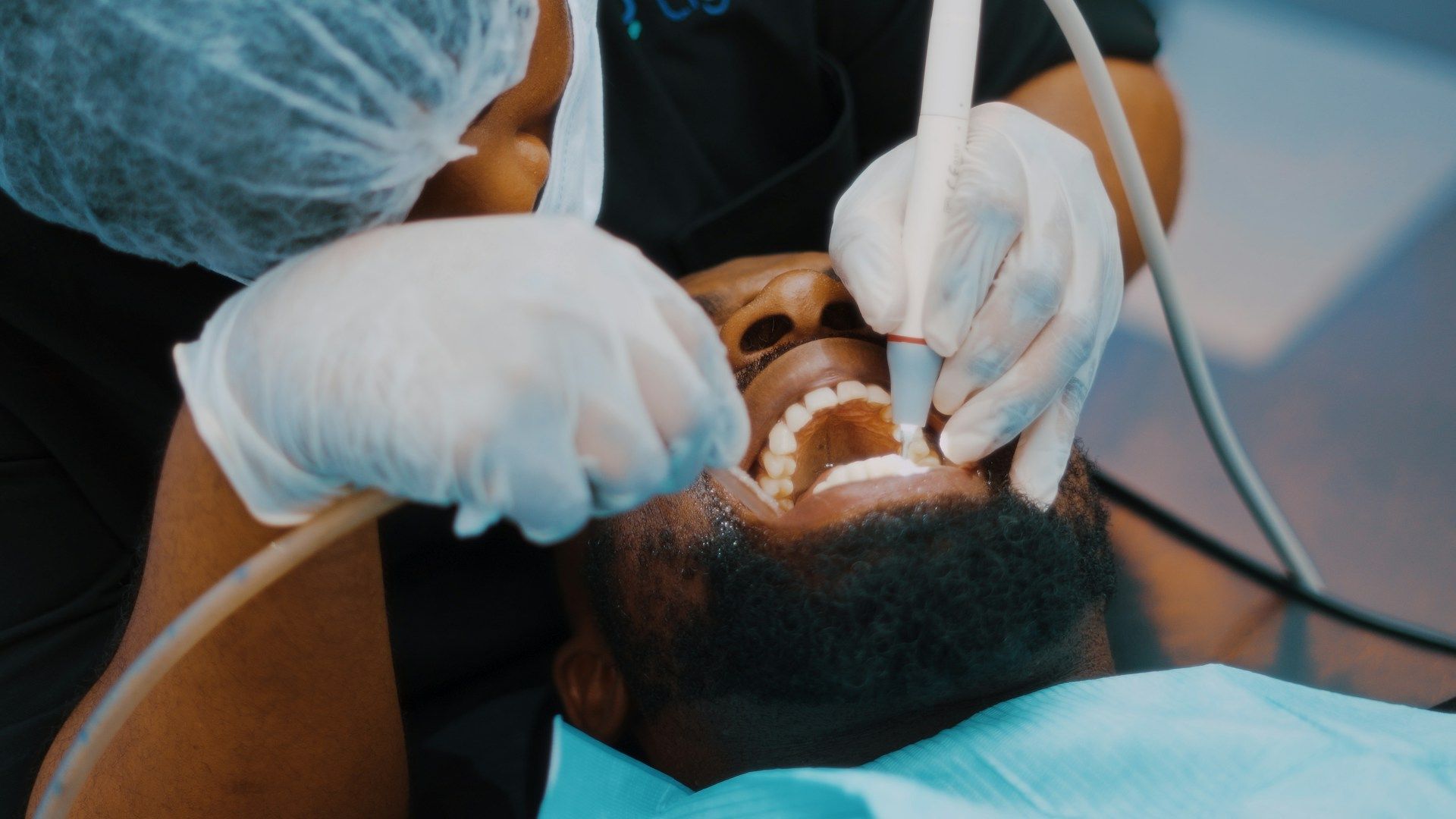Understanding the Gum Grafting Procedure: Types, Benefits, and the Healing Process
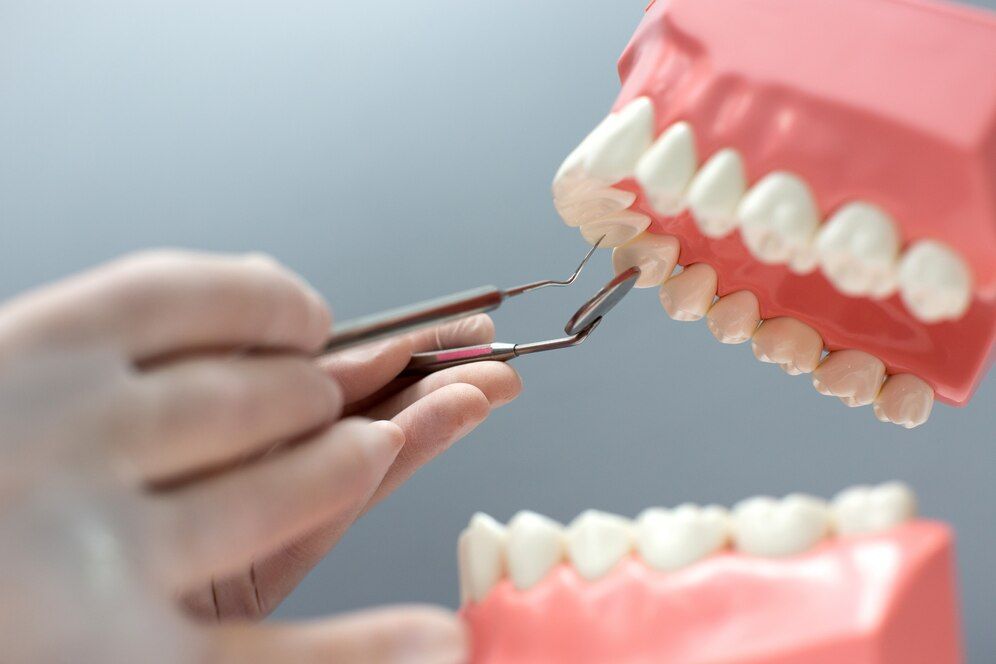
Maintaining exceptional oral health goes beyond just keeping your teeth in optimal condition. For many individuals experiencing gum recession, a gum grafting procedure may be necessary to restore gum health and protect the teeth from possible damage or loss. Fort Collins Periodontics and Dental Implants specializes in providing comprehensive periodontal care, including gum grafting procedures, to help patients regain their confidence and restore the health and appearance of their smile.
Gum recession can result from various factors, such as aggressive tooth brushing, periodontal disease, or simply aging. If left untreated, gum recession can lead to increased tooth sensitivity, damage to the tooth root, and, in severe cases, tooth loss. Gum grafting offers a solution to address gum recession by adding healthy gum tissue to areas where it has diminished, protecting the exposed tooth root, and improving the overall aesthetic appearance of the smile.
In this informative blog post, we will be exploring the types of gum grafting procedures, their benefits, and the healing process for patients undergoing this oral health-restorative intervention. With the professional guidance and compassionate care of Fort Collins Periodontics and Dental Implants, patients can confidently navigate the gum grafting journey and take charge of their lasting periodontal well-being.
1. Types of Gum Grafting Procedures
There are three primary types of gum grafting procedures, each suited to address specific gum recession concerns. Understanding their differences can help patients make informed decisions about their periodontal care.
- Connective-Tissue Graft: This is the most common gum grafting procedure, often used in cases where the roots are exposed due to gum recession. In this procedure, a flap is created in the roof of the mouth (palate), and a piece of connective tissue is removed. This tissue is then attached to the area of gum recession, covering the exposed root.
- Free Gingival Graft: Similar to the connective-tissue graft, a free gingival graft also uses tissue from the patient's palate. However, instead of creating a flap, a small piece of tissue is directly removed and attached to the area of gum recession. This procedure is typically recommended for patients with thin gums that need additional tissue to prevent further gum recession.
- Pedicle Graft: In a pedicle graft, gum tissue is harvested from an adjacent area rather than from the palate. This healthy gum tissue is partially cut away and moved to cover the recessed area while remaining partially attached to its original location. This technique relies on the presence of adequate gum tissue near the area of recession and is often considered a more natural procedure due to the use of adjacent tissue.
2. The Benefits of the Gum Grafting Procedure
Gum grafting is essential in addressing gum recession issues and provides several benefits, including:
- Protection of Exposed Roots: One of the primary goals of gum grafting is to cover exposed tooth roots, protecting them from harmful plaque and bacteria, thus reducing the risk of further damage, decay, and tooth sensitivity.
- Aesthetic Improvement: Gum grafting can enhance the overall appearance of the smile by filling in areas of gum recession and creating a more balanced gum line.
- Prevention of Further Gum Recession: Successful gum grafting can minimize the risk of future gum recession by reinforcing the soft tissue support around the teeth.
- Improved oral comfort: By covering exposed tooth roots, gum grafting can reduce oral discomfort caused by hot or cold food and drink sensitivity.
3. The Gum Grafting Process: What to Expect
While each gum grafting procedure is unique, the general process typically involves the following steps:
- Consultation: Your periodontist will assess your specific gum concerns and determine the most suitable type of gum grafting procedure for your needs.
- Oral Hygiene: Excellent oral hygiene is essential before the procedure to reduce the risk of infection. Make sure you follow your periodontist's pre-procedure instructions and continue practicing good oral hygiene habits after the surgery.
- Anesthesia and Surgery: During the procedure, local anesthesia is administered to minimize discomfort. The periodontist then performs the chosen gum grafting technique.
- Postoperative Care: Following the surgery, your periodontist will provide specific instructions for the healing period. This may include avoiding certain foods, refraining from brushing or flossing the graft site, and using a special mouthwash or prescription medication to prevent infection.
4. The Gum Grafting Healing Process: Recovery and Results
Gum grafting healing timelines may vary, with most patients experiencing a full recovery within 1-2 weeks. During this time, it's crucial to follow postoperative care instructions provided by your periodontist to ensure a successful outcome.
The results of gum grafting can be long-lasting if good oral hygiene habits are maintained, such as proper brushing, flossing, and regular dental checkups. It's essential to discuss your individual recovery needs and expectations with your periodontist, who can provide personalized recommendations for achieving lasting gum health.
Conclusion
Gum grafting is an effective solution to address gum recession, protect exposed tooth roots, and enhance the overall appearance of your smile. With knowledgeable guidance and personalized care from the team at Fort Collins Periodontics and Dental Implants, you can confidently embark on your
gum grafting journey and pave the way for a future of improved oral health.
Reach out to Fort Collins Periodontics and Dental Implants today, and let us help you restore your smile and boost your confidence with professional gum grafting services tailored to your specific needs.

Working Hours
Tue - Thu: 8:00 am - 5:00 pm
Friday: 8:00 am - 2:00 pm
Sat - Sun: Closed
Monday: Closed
